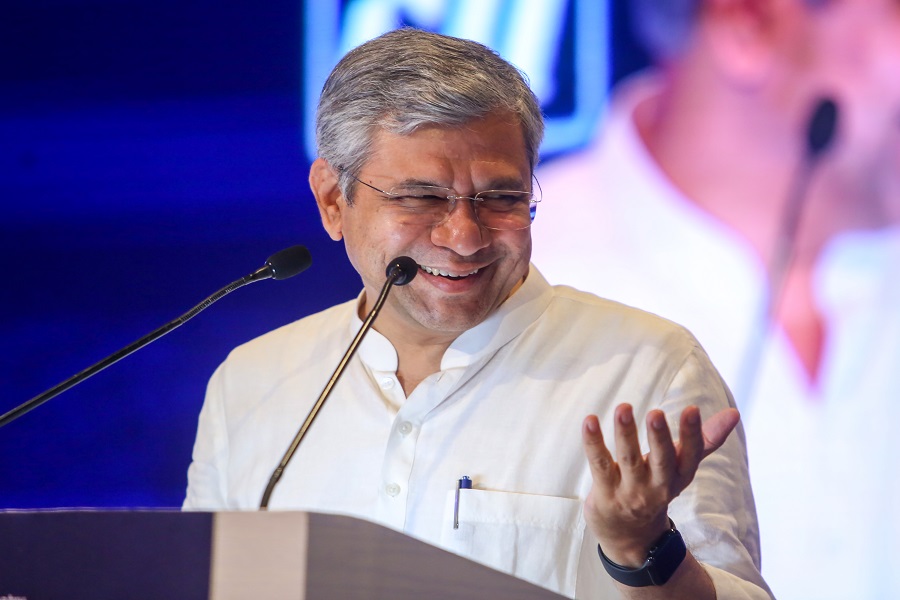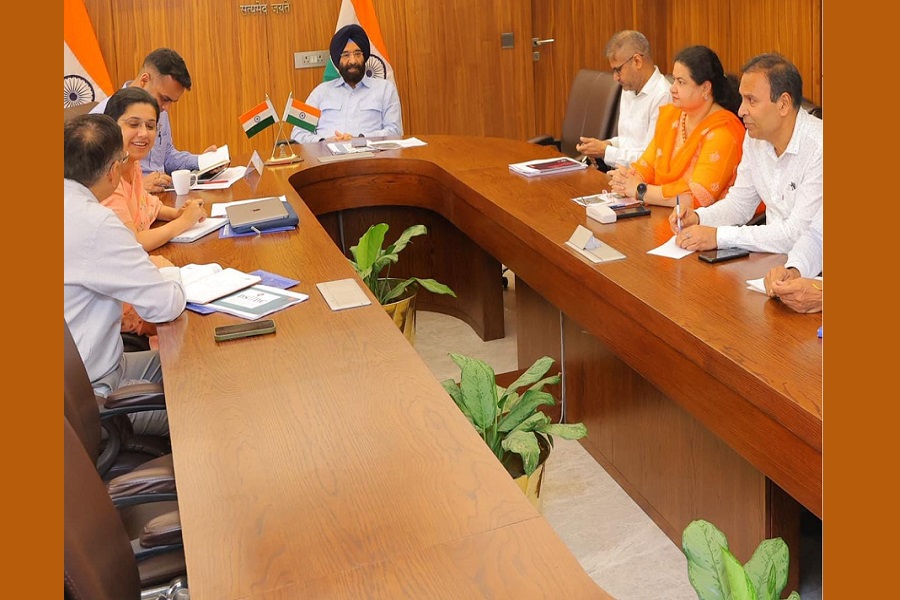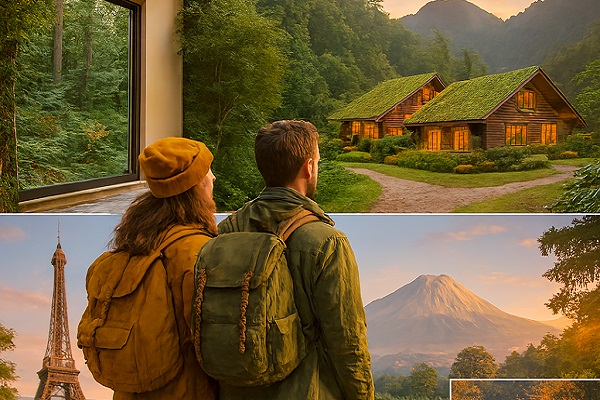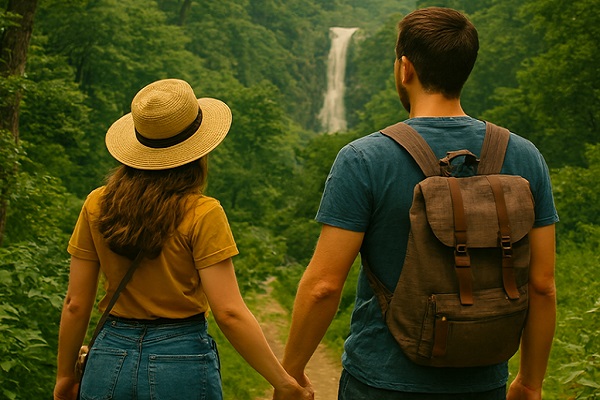Exploring the Wonders of Indian Tourism: A Journey Through Culture, Heritage, and Nature
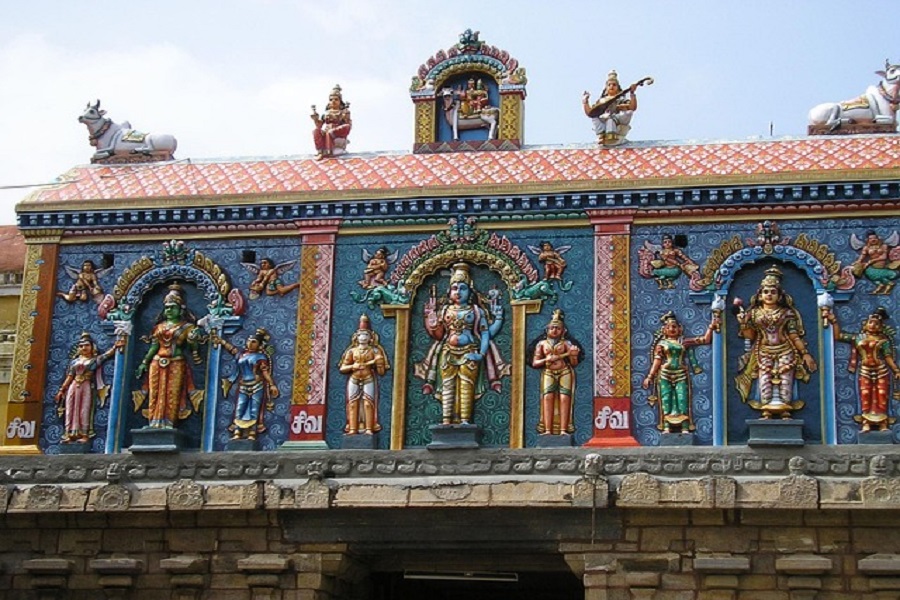
A Kaleidoscope of Experiences
From the snow-capped peaks of the Himalayas to the sun-kissed beaches of Goa, India’s landscapes are as varied as its cultures. The country’s tourism tapestry is woven with countless threads — royal palaces, ancient temples, bustling markets, and serene backwaters.
Cultural and Heritage Tourism
India’s cultural heritage is one of its strongest attractions. The Taj Mahal in Agra — a symbol of eternal love — continues to mesmerize millions. Jaipur’s royal forts, Varanasi’s ghats, and Khajuraho’s intricate temples narrate stories of art, devotion, and grandeur. Festivals like Diwali, Holi, and Navratri invite travelers to experience India’s vibrant traditions firsthand.
Nature and Adventure Tourism
For nature lovers and adventure seekers, India’s natural beauty is unmatched. Trekking in Himachal Pradesh, wildlife safaris in Ranthambore, river rafting in Rishikesh, or houseboat cruises in Kerala — every experience offers a connection with nature in its purest form.
Spiritual Tourism
India is also the cradle of spirituality. Pilgrimage destinations such as Rishikesh, Varanasi, Amritsar, Tirupati, and Bodh Gaya attract millions of devotees and seekers from around the world. The country’s ashrams, monasteries, and yoga retreats offer solace and self-discovery.
Modern India: The New-Age Traveler’s Delight
While deeply rooted in tradition, India also embraces modern luxury. From five-star resorts and wellness retreats to smart cities and eco-friendly stays, the country caters to every kind of traveler — the explorer, the family, the backpacker, and the luxury seeker.
Conclusion
Indian tourism isn’t just about visiting places — it’s about feeling the heartbeat of a nation that thrives on unity in diversity. Whether you seek peace, adventure, culture, or cuisine, India welcomes you with open arms and endless stories waiting to be discovered.



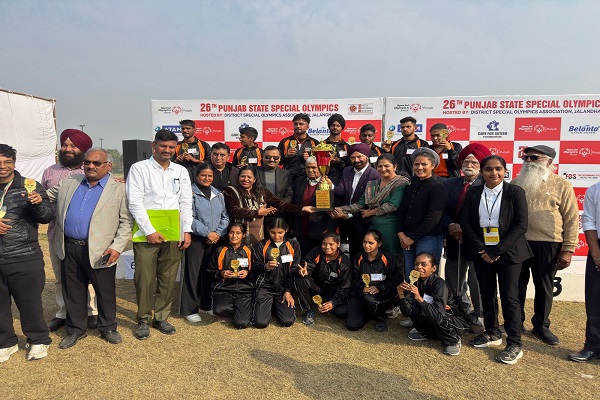
.jpg)








